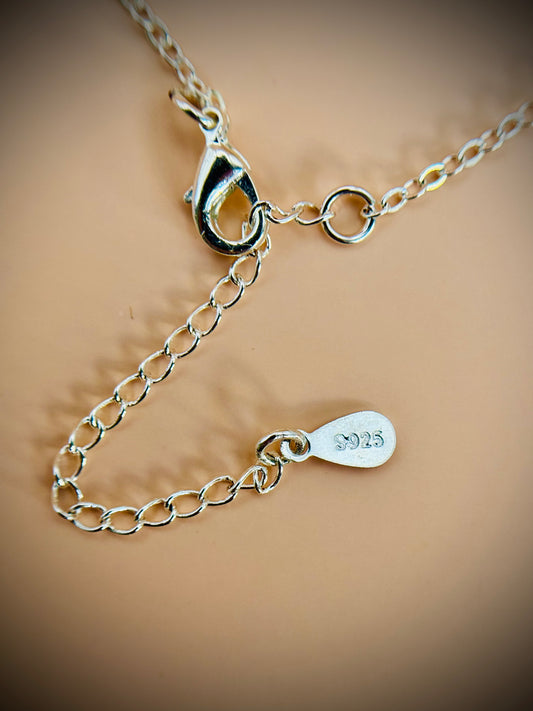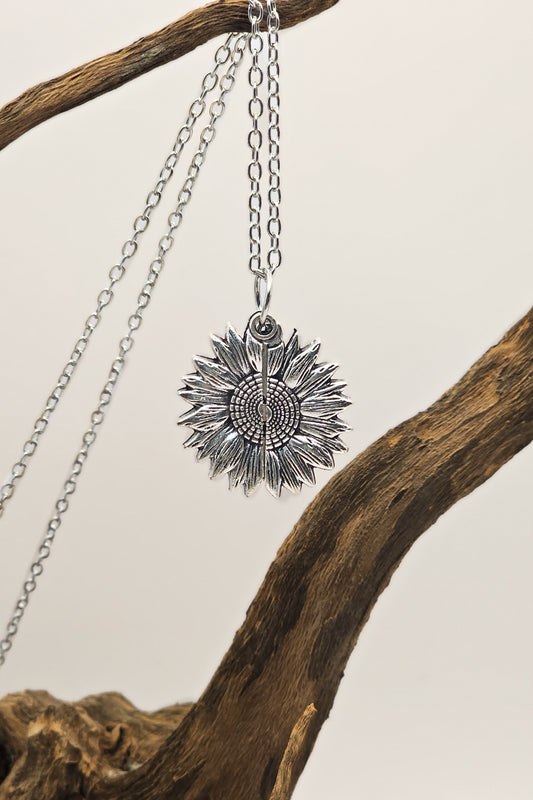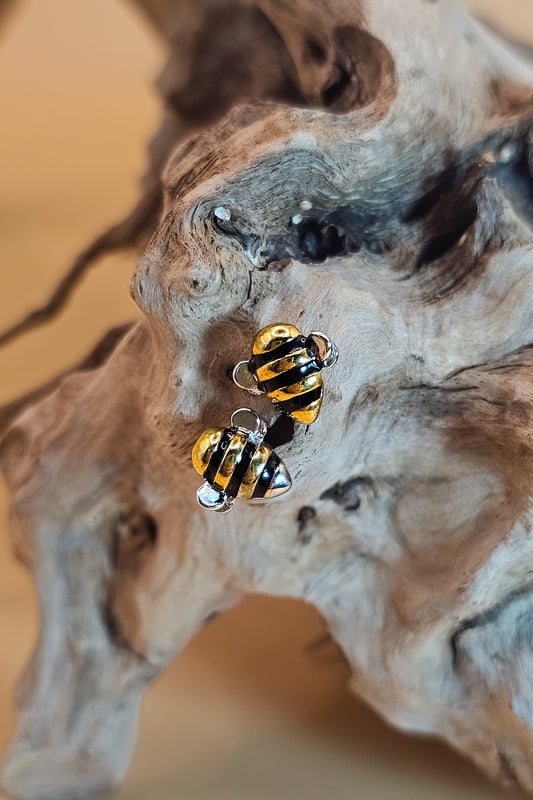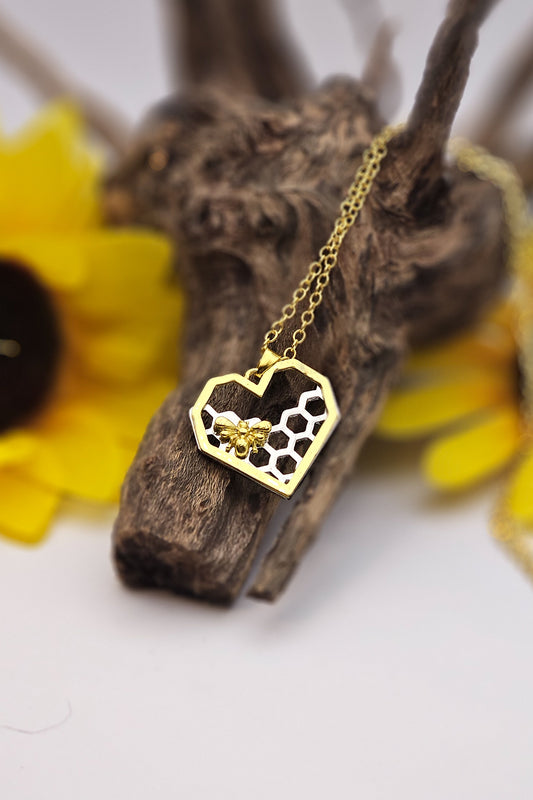Spring is almost in the air... urban bees have been known to struggle to survive, but as it turns out, cities are becoming nectar-rich urban oases for bees and other pollinators and are no longer seen as bleak ecological wastelands.
If you’ve been ‘on the fence’ about planting flowers for bees, hesitate no more. Recent research shows that urban gardens make a huge positive impact on bees and other pollinators.
Researchers have found in a study led by the University of Bristol and published in the Journal of Ecology that when it comes to cities and towns, the biggest source of food for pollinators like bees and wasps is home gardens. A whopping 85% of nectar produced in urban areas comes from residential gardens.
According to Nicholas Tew, ecologist at University of Bristol, nectar diversity and quantities have been measured in rural areas but not in urban areas, so they decided to investigate. They partnered with the universities of Reading and Edinburgh as well as the Royal Horticultural Society and studied nectar from private, botanical, allotment environments and road verges in Bristol. Edinburgh, Leeds, and Reading.
In the UK 83% of the population now lives in urban areas, and it turns out that in total, 29% of the land is comprised of domestic gardens, which is 6 times the area of parks and 40 times the area of allotments.
In this 4:34-minute video by National Garden Scheme, we see a lush London garden that would be any pollinator's delight:
Nectar was extracted from over 3,000 individual flowers and measured in almost 200 plant species. The extraction process used a fine glass tube with the sugar concentration of the nectar then quantified with a refractometer, which is a device that measures the amount of light refraction that passes through a solution.
The results were startling. They expected urban gardens to be an abundant source of nectar, but they had no idea of the overwhelming scale of production. Eight or nine of every ten grams of urban nectar is sourced in somebody’s garden. Such gardens support pollinators and promote biodiversity nationwide.
Researchers examined three private gardens and discovered that everyday they produced an average of a teaspoon of unique high-carbohydrate sugar-rich liquid found in flowers, also known as ambrosia, which bees and other pollinators consume for energy.
Just one teaspoon of this potent liquid is sufficient to feed thousands of bees and the bees, in return, maintain the garden flowers. This amount of ambrosia fuels thousands of bees in their flight and is equivalent to approximately one ton of food for human adults.
Tew, who is studying for his PhD in ecology, explains that the nectar supply in urban landscapes is more diverse than in rural areas like farmlands, monocrops like cereals and nature reserves. There are more plant species in cities and towns and the more bees can fly around to them all the greater diversity of flora and fauna can be maintained. This means gardens produce more nectar per unit area of land and cover the largest land areas in the cities studied and are therefore so important to pollinator survival.
Planting nectar-rich flowers can ensure that there is always a nectar-rich flower blooming at any given time from early spring to late autumn and early winter. Hellebores and grape hyacinths are great in early spring, and mahonia and ivy are ideal choices for cold weather months. Choose a diversity of colors, scents, shapes, and sizes too for the needs of as many pollinators as possible. Mowing less frequently lets dandelions, clovers and daisies grow. Gardeners should avoid spraying pesticides that harm pollinators and avoid covering their gardens in decking, artificial turf, or paving.
What should you plant? Go with pollinator-friendly species like lavender, oregano, thistles. There are many choices, and some lovely ones can be found at this RHS Plants for Pollinators list.
Even planting window boxes with flowering herbs or placing hanging baskets or potted flowering plants on balconies and patios helps feed bees in dense urban areas. Tew says it is vital for new housing developments to include gardens, and these should be made as good as possible for pollinators. One way is to place flowering borders along natural lawns.
Making pollen and nectar-rich flowers available at your home is probably the best thing you can do for your pollinators. Don’t forget, when bees, butterflies and hoverflies run out of flowers that means their food supply has disappeared. When this happens, these amazing pollinators start to die off too.








